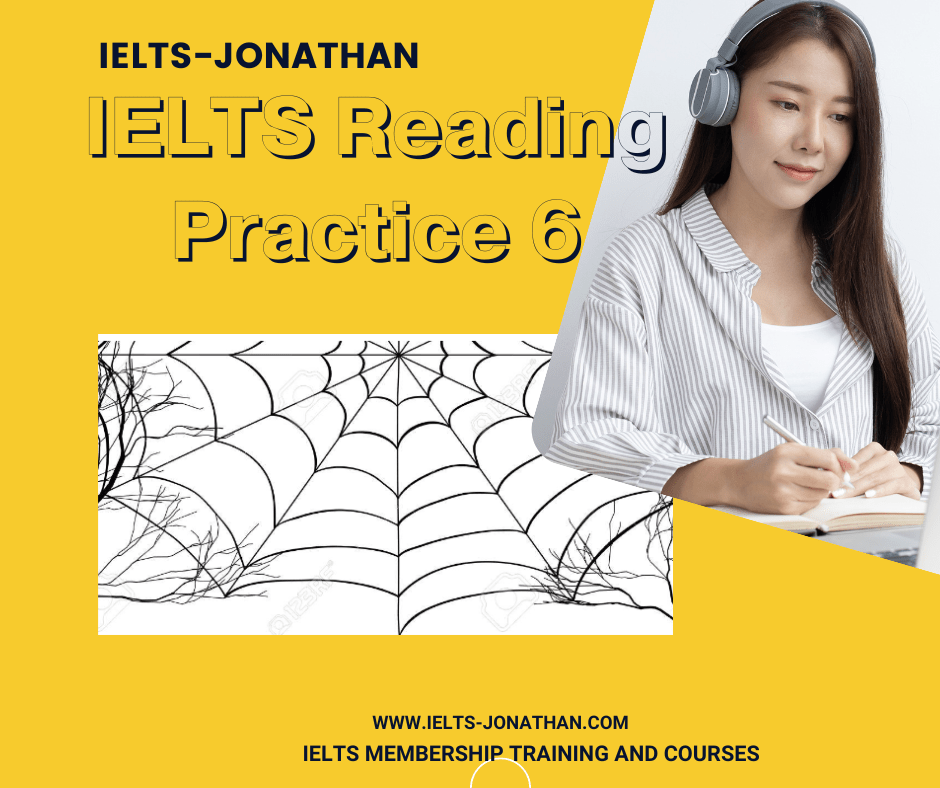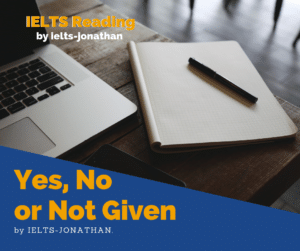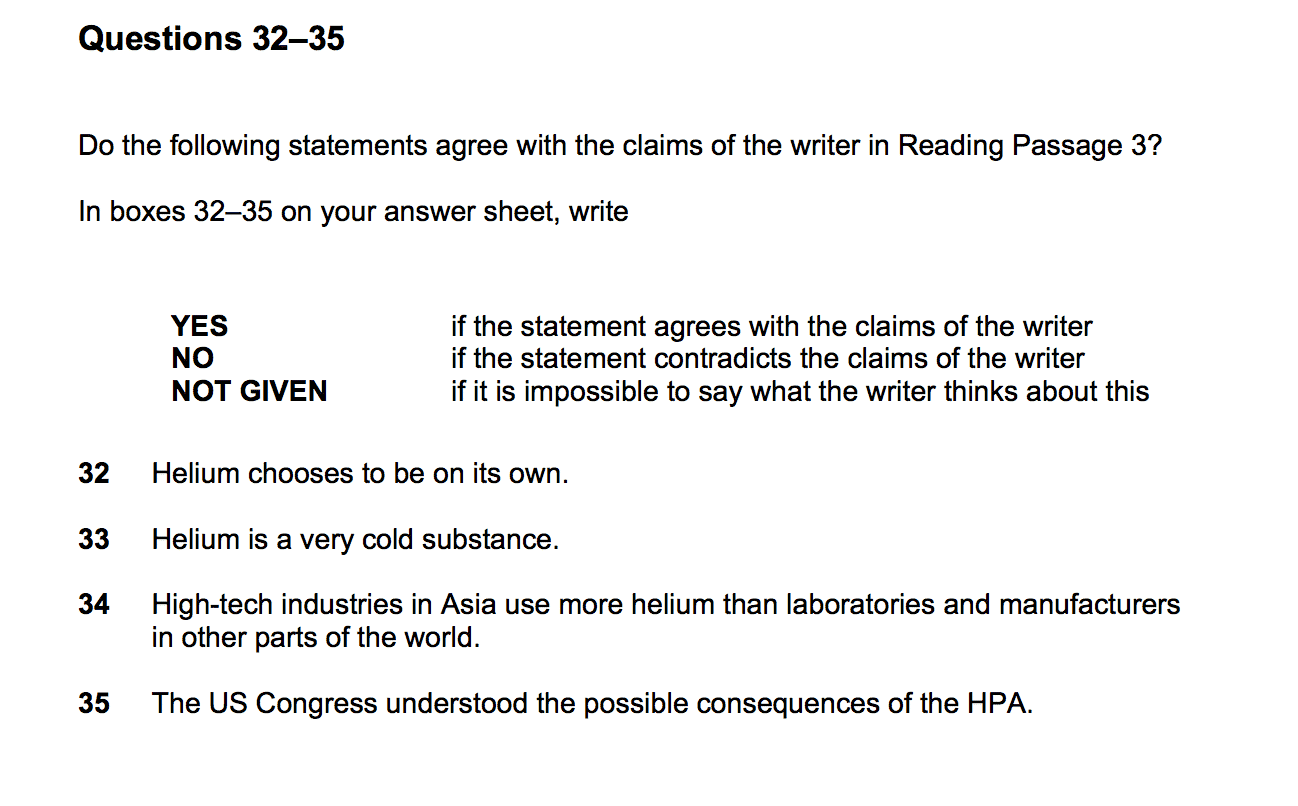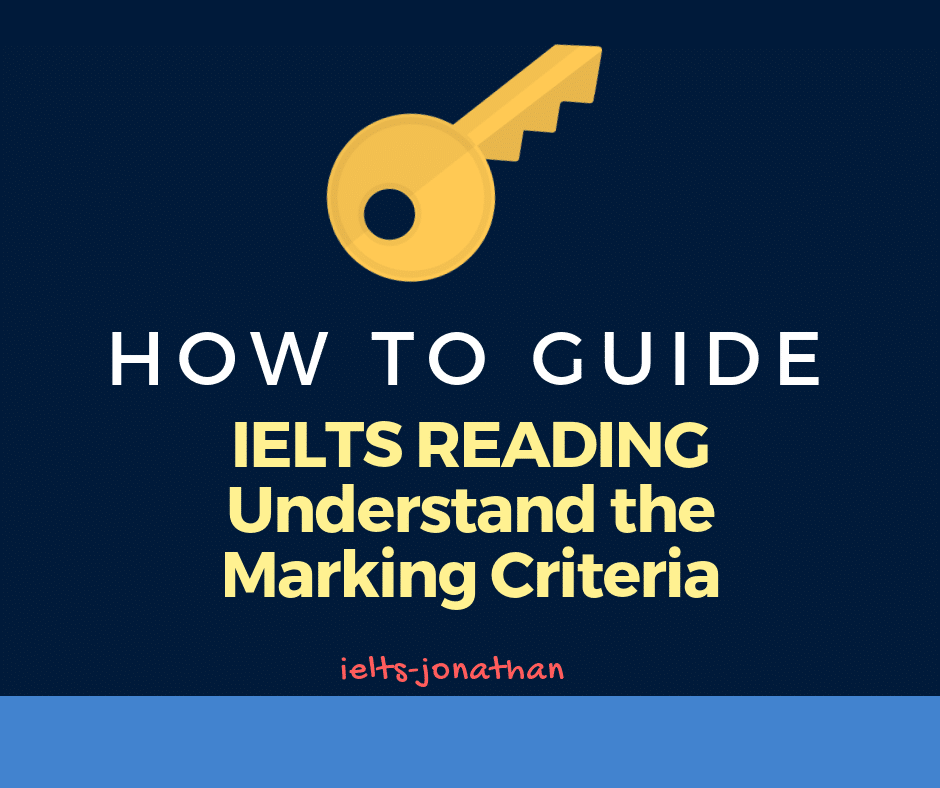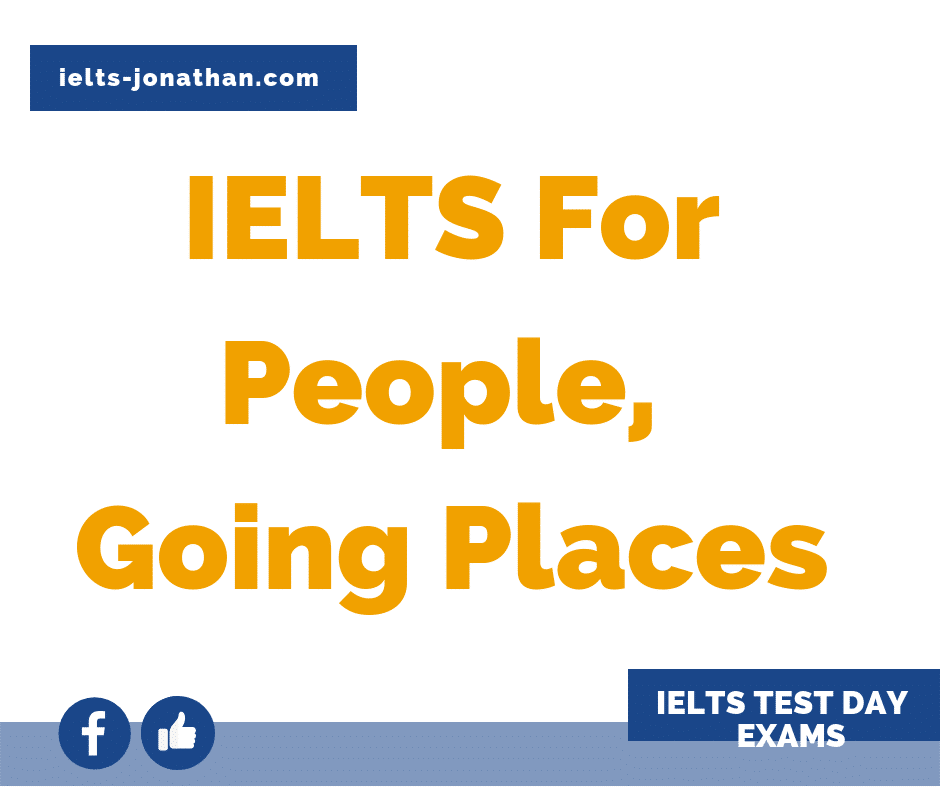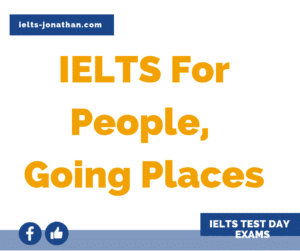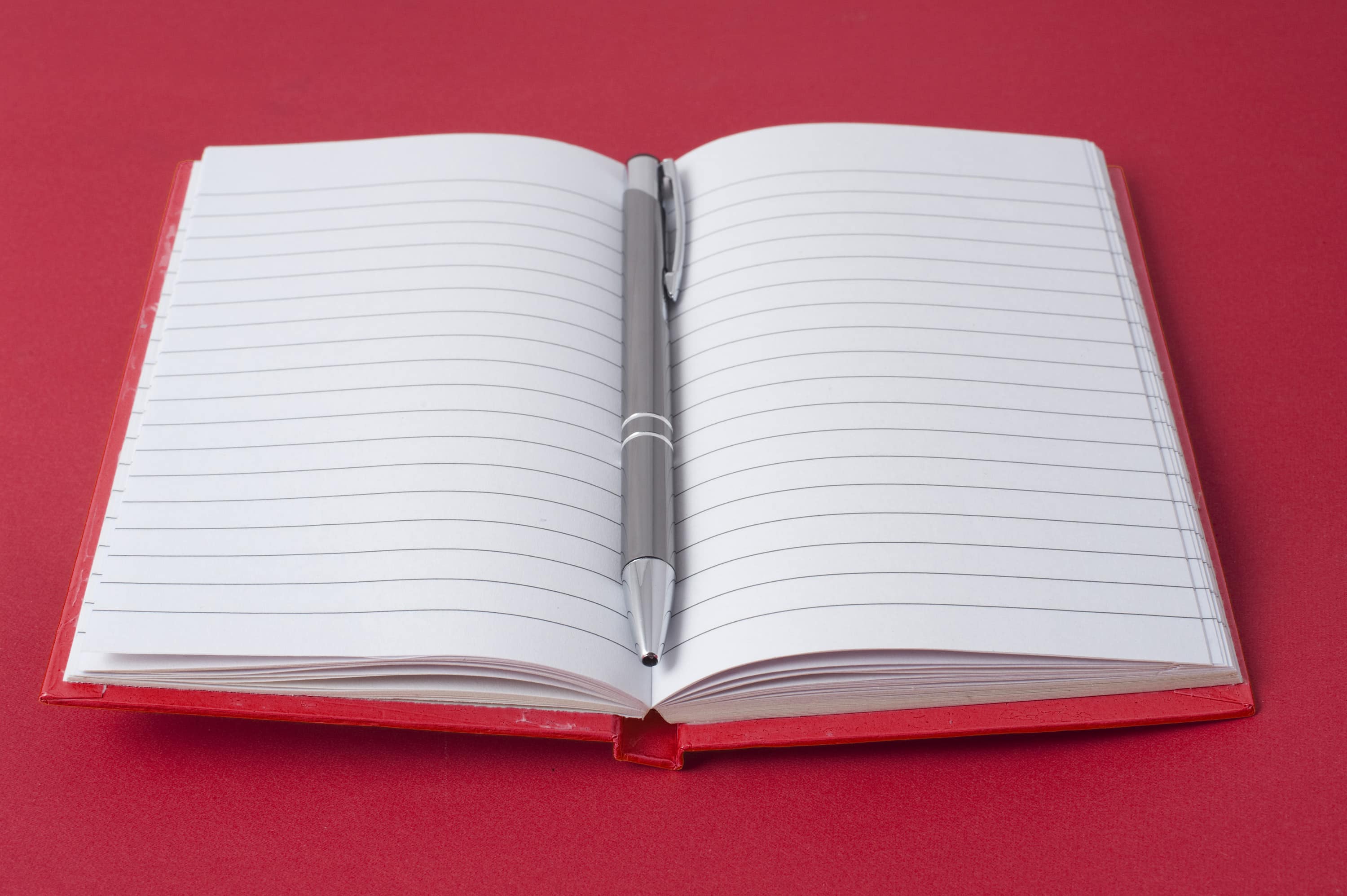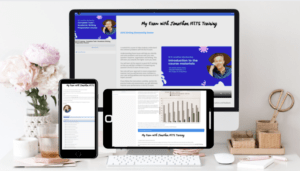Reading Passage 2
Revolutions in Mapping
Today, the mapmaker’s vision is no longer confined to what the human eye can see. The perspective of mapmaking has shifted from the crow’s nest of the sailing vessel, mountain top and airplane to ‘new orbital heights. Radar, which bounces microwave radio signals off a given surface to create images of its contours and textures, can penetrate jungle foliage and has produced the first maps of the mountains of the planet Venus. And a combination of sonar and radar produces charts of the seafloor, putting much of Earth on the map for the first time. ‘Suddenly it’s a whole different world for US,’ says Joel Morrison, chief of geography at the U.S. Bureau of the Census, ‘Our future as mapmakers – even ten years from now – is uncertain.’
The world’s largest collection of maps resides in the basement of the Library of Congress in Washington, D.C. The collection, consisting of up to 4,6 million map sheets and 63,000 atlases, includes magnificent bound collections of elaborate maps- the pride of the golden age of Dutch cartography*. In the reading room scholars, wearing thin cotton gloves to protect the fragile sheets, examine ancient maps with magnifying glasses. Across the room people sit at their computer screens, studying the latest maps, with their prodigious memories, computers are able to store data about people, places and environments – the stuff of maps – and almost instantly information is displayed on the screen in the desired geographic context, and at the click of a button, a print-out of the map appears.
Measuring the spherical Earth ranks as the first major milestone in scientific cartography. This was first achieved by the Greek astronomer Eratosthenes, a scholar at the famous Alexandrian Library in Egypt in the third century BC. He calculated the Earth’s circumference as 25,200 miles, which was remarkably accurate. The longitudinal circumference is known to be 24,860 miles.
Building on the ideas of his predecessors, the astronomer and geographer Ptolemy, working in the second century AD, spelled out a system for organising maps according to grids of latitude and longitude. Today, parallels of latitude are often spaced at intervals of 10 to 20 degrees and meridians** at 15 degrees, and this is the basis for the width of modern time zones. Another legacy of Ptolemy’s is his advice to cartographers to create maps to scale. Distance on today’s maps is expressed as a fraction or ratio of the real distance. But mapmakers in Ptolemy’s time lacked the geographic knowledge to live up to Ptolemy’s scientific principles. Even now, when surveyors achieve accuracies down to inches and satellites can plot potential missile targets within feet, maps are not true pictures of reality.
However, just as the compass improved navigation and created demand for useful charts, so the invention of the printing press in the 15th century put maps in the hands of more people, and took their production away from monks, who had tended to illustrate theology rather than geography. Ocean-going ships launched an age of discovery, enlarging both what could and needed to be mapped, and awakened an intellectual spirit and desire for knowledge of the world.
Inspired by the rediscovered Ptolemy, whose writing had been preserved by Arabs after the sacking of the Alexandrian Library in AD 931, mapmakers in the 15th century gradually replaced theology with knowledge of faraway places, as reported by travelling merchants like Marco Polo.
Gerhardus Mercator, the foremost shipmaker of the 16th century, developed a technique of arranging meridians and parallels in such a way that navigators could draw straight lines between two points and steer a constant compass course between them. This distortion formula, introduced on his world map of 1569, created the ‘Greenland problem’. Even on some standard maps to this day, Greenland looks as large as South America – one of the many problems when one tries to portray a round world on a flat sheet of paper. But the Mercator projection was so practical that it is still popular with sailors.
Scientific mapping of the land came into its own with the achievements of the Cassini family- father, son, grandson and great-grandson. In the late 17th century, the Italian – born founder, Jean-Dominique, invented a complex method of determining longitude based on observations of Jupiter’s moons. Using this technique, surveyors were able to produce an accurate map of France. The family continued to map the French countryside and his great-grandson finally published their famous Cassini map in 1793 during the French Revolution. While it may have lacked the artistic appeal of earlier maps, it was the model of a social and geographic map showing roads, rivers, canals, towns, abbeys, vineyards, lakes and even windmills. With this achievement, France became the first country to be completely mapped by scientific methods.
Mapmaking has come a long way since those days. Today’s surveyors rarely go into the field without being linked to navigation satellites. Their hand-held receivers are the most familiar of the new mapping technologies, and the satellite system, developed and still operated by the US Defense Department, is increasingly used by surveyors. Even ordinary hikers, sailors and explorers can tap into it for data telling them where they are. Simplified civilian versions of the receivers are available for a few hundred dollars and they are also the heart of electronic map displays available in some cars. Cartography is pressing on to cosmic frontiers, but its objective is, and always has been, to communicate a sense of ‘here’ in relation to ‘there’, however far away ‘there’ may be.
Questions for this text
My Advice is:
Use the strategies I have discussed to make your reading for information more effective.
It IS a good idea to look at the questions for each passage before you start reading, but don’t spend too long on this. Just notice any key words, terms or names and important dates or numbers.
Then read the passage…..
Don’t read for detail. – Read to gain an overall understanding of the organisation of the text and how it develops and arrangement of ideas.
Next go to the first Question. Read the question, identify the task and consider the information you are looking for.
Skim read the passage to locate the area you are likely to find the information you need (remember that some questions follow the order of the passage) and then scan, before reading in detail and checking your answer.
Then do the same for the remaining questions
At the end, when you check your answers, think carefully why you got some answers wrong and why some sections were challenging.
Was it your understanding of the text or the reading strategy you followed?
Jonathan
———-
Answers with key


